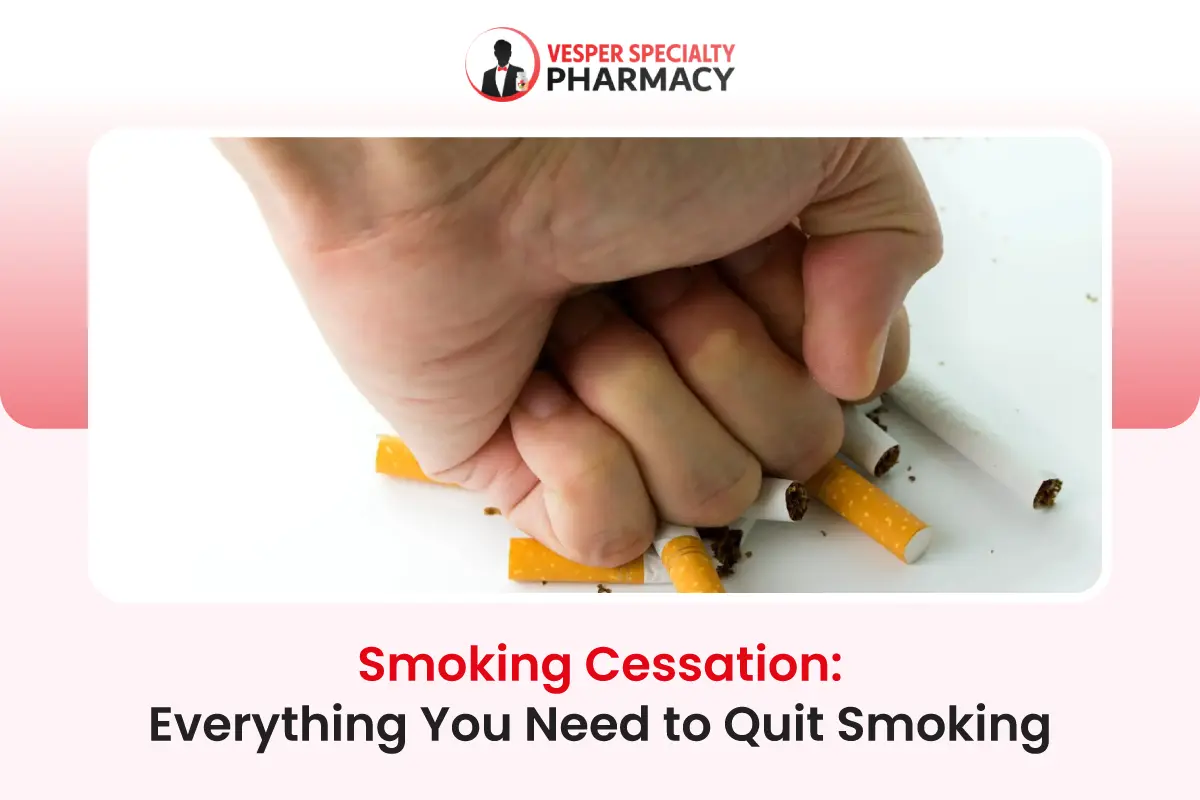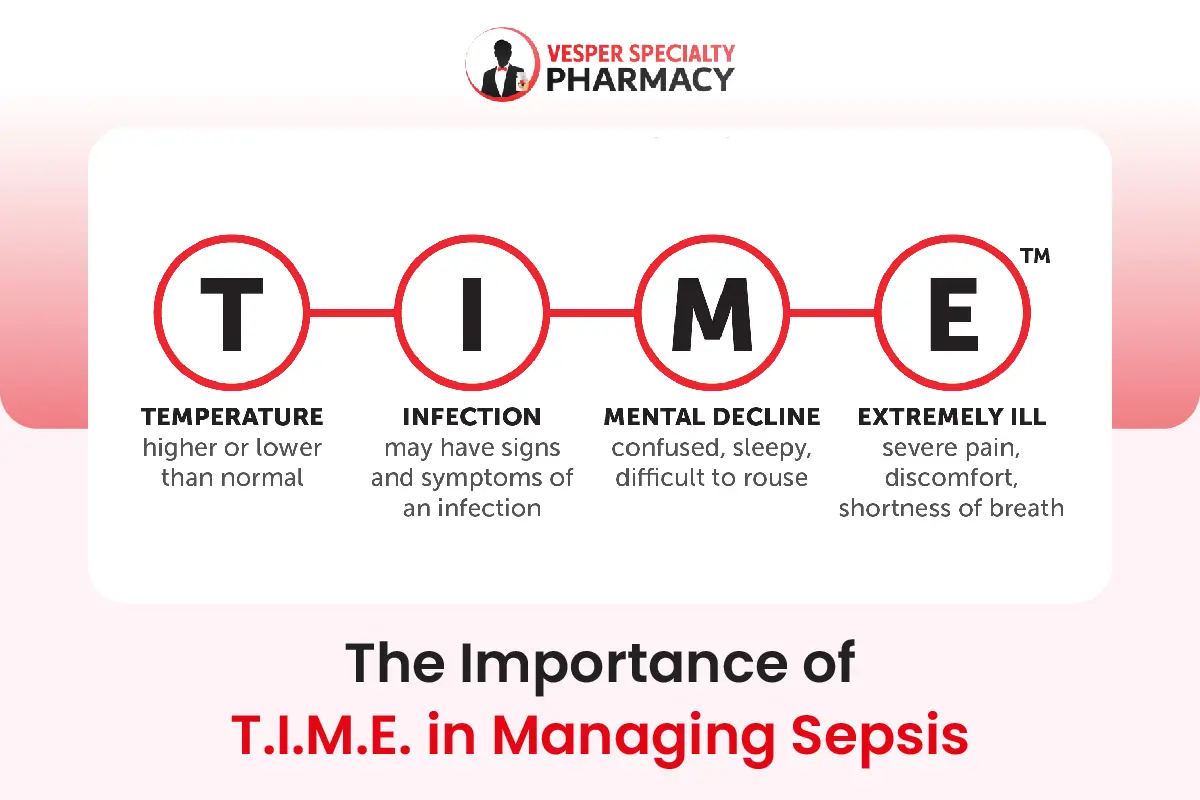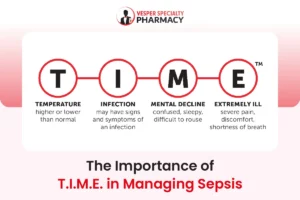About 15% of adult Americans smoke daily. Smoking is the Largest preventable cause of disease and death in the US as it is a known cause of multiple cancers, heart disease, stroke, pregnancy complications, COPD, and other diseases. Smoking accounts for 480,000 U.S. deaths or 6 million deaths worldwide yearly. Among these, about 10% of the deaths are from secondhand exposure to smoking. At any age, there are benefits to quitting smoking.
Smoking Cessation
CDC identified that quitting smoking is associated with following health benefits:
- Lowered risk for lung cancer and many other types of cancer.
- Reduced risk for heart disease, stroke’s symptoms, and peripheral vascular disease (narrowing of the blood vessels outside your heart).
- Reduced heart disease risk within 1 to 2 years of quitting.
- Reduced respiratory symptoms, such as coughing, wheezing, and shortness of breath. While these symptoms may not disappear, they do not continue to progress at the same rate among people who quit compared with those who continue to smoke.
- Reduced risk of developing some lung diseases (such as chronic obstructive pulmonary disease, also known as COPD, one of the leading causes of death in the United States).
- Reduced risk for infertility in women of childbearing age. Women who stop smoking during pregnancy also reduce their risk of having a low birth weight baby.
The combination of counseling and medication is more effective than either alone. Counseling can be cognitive therapy such as positive self-talk or behavioral therapy such as controlling environments and social support. Medications include nicotine replacement therapy or prescription medications. A national network of tobacco quitlines 1-800-QUIT-NOW is also available for patients who need help with smoking cessation.
Medications
There are two prescription medications and many over the counter nicotine replacement products that can be purchased to aid in the process of quitting smoking. For nicotine replacement, a combination of long-acting (patch) plus immediate release (lozenge/gum) can be an effective strategy to stop smoking. Using the patch will help to reduce cravings, and using a lozenge or gum piece can satisfy breakthrough cravings.
Nicotine Replacement Therapy
Patch:
- At the start of each day, place a new patch on a clean, dry area of the skin. Rotate the area daily to avoid skin irritation.
- Wear the patch for 24 hours but if you experience vivid dream or trouble sleeping, you can remove the patch before bedtime.
- Discard patches by folding the sticky ends together, place back in the original pouch and put it in a trash can with a lid.
| Cigarette Use | Weeks 1-6 | Weeks 7-8 | Weeks 9-10 |
| > 10 cigarettes/day | 21 mg patch | 14 mg patch | 7 mg patch |
| ≤ 10 cigarettes/day | 14 mg patch | 7 mg patch | No recommendations |
Lozenge or Gum:
- Lozenge: do not chew or swallow the lozenge. Let it dissolve slowly and completely by moving it from one side of the mouth to the other. You may feel a warm or tingling sensation. Do not use more than 1 lozenge at a time. Use a minimum of 9 lozenges per day for the first 6 weeks.
- Gum: Chew slowly until there is a tingle or flavored taste, then park the gum between your cheek and gums. When the tingle or flavored taste goes away, start chewing again slowly until it returns, then park the gum again. You should chew the gum until the tingle goes away completely (usually about 30 minutes in total). Use a minimum of 9 gums per day for the first 6 weeks.
| First cigarette of the day | Weeks 1-6 | Weeks 7-9 | Weeks 10-12 |
| 1st cigarette > 30 min after waking up | 2 mg lozenge or gum every 1 to 2 hour | 2 mg lozenge or gum every 2 to 4 hour | 2 mg lozenge or gum every 4 to 8 hour |
| 1st cigarette ≤ 30 min | 4 mg lozenge or gum | 4 mg lozenge or gum | 4 mg lozenge or gum |
| after waking up | every 1 to 2 hour | every 2 to 4 hour | every 4 to 8 hour |
*Nicotine replacement nasal spray and inhaler are also available
Prescription Medications
Varenicline (Chantix):
There are several different timelines for quitting with varenicline (Chantix) and it can vary from patient to patient. A discussion with a healthcare provider will help to determine what plan is best for each patient.
- Start 1 week before the target quit date.
- You can consider setting a quit date up to 5 weeks after the start of varenicline.
- You may also start varenicline and reduce smoking by 50% from baseline within the first 4 weeks, then reduce smoking by an additional 50% in the next 4 weeks, and continue reducing with the goal of quitting by 12 weeks. If you successfully quit, varenicline may be continued for another 12 weeks to help maintain success
Nausea, trouble sleeping, abnormal dreams, and headache are the most common side effects with varenicline. To decrease nausea, take with a full glass of water. To decrease trouble sleeping take earlier than bedtime. Although rare, changes in mood, agitation, seizures, suicidal thoughts or behaviors can occur with varenicline. The physician should be notified if any of these rare side effects are noticed.
Bupropion (Zyban):
- Start at least 1 week before the target quit date.
- If you quit smoking successfully after 7 to 12 weeks of medication therapy, your doctor may suggest continuing bupropion for several months to maintain success.
- If there is no significant improvement by the seventh week of therapy, success is unlikely; your doctor may suggest a combination therapy, or discontinuation and use of an alternative agent.
The most common side effects of bupropion are dry mouth and trouble sleeping, which may disappear after a few weeks. Take the first dose in the morning after waking up and the second dose 8 hours after. If you have a seizure or an eating disorder, do not take bupropion.
Written By: Eddie Chang and Ellie Sung
References
- Quitting Smoking. Page last reviewed December 2017. Office on Smoking and Health, National Center for Chronic Disease Prevention and Health Promotion https://www.cdc.gov/tobacco/data_statistics/fact_sheets/cessation/quitting/index.htm (accessed March 18 2019)
- Treating Tobacco Use and Dependence. 2008 Update. Content last reviewed 2015. Agency for Healthcare Research and Quality, Rockville, MD. http://www.ahrq.gov/professionals/clinicians-providers/guidelines-recommendations/tobacco/index.html (accessed 2018 Jul 17)















